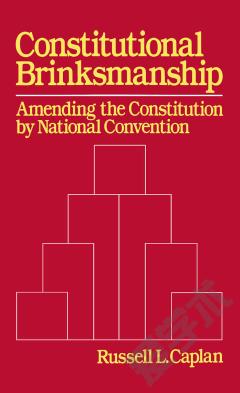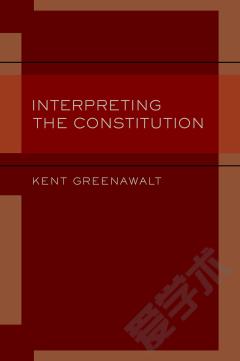Amending the Constitution by an Article V Convention
Article V of the U.S. Constitution provides two methods of amendment for the nation's fundamental charter. In the first, Congress, by a two-thirds vote of both chambers, proposes amendments to the states, which then consider the proposal; if three-fourths approve the amendment, it is ratified, and becomes part of the Constitution. Beginning with the Bill of Rights of 1789, this method has been used to propose 33 amendments, 27 of which have been ratified. This book provides a comprehensive analysis of congressional issues, including information on the contemporary resurgence of interest in the convention alternative and the authority of Congress to call a convention; provide a framework and procedures for an Article V Convention; and submit proposed amendments to the states for ratification. Also discussed is the President's role; the operation of checks and balances in the convention alternative; questions concerning a convention's composition and method of voting; and the function of the District of Columbia and U.S. territories.
{{comment.content}}








 京公网安备 11010802027623号
京公网安备 11010802027623号